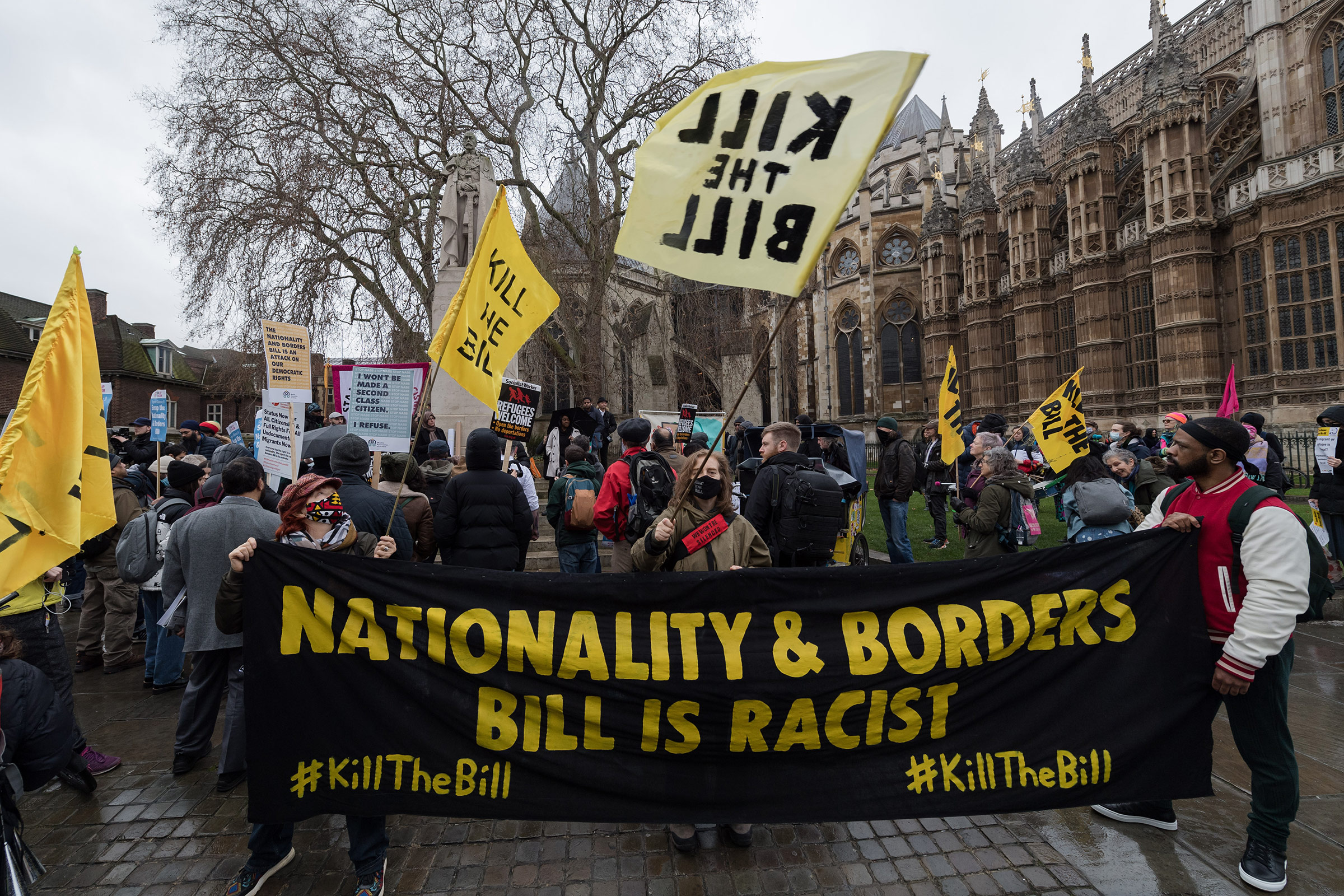Immigration and Citizenship in London
The Diversity of London’s Population
London has long attracted people from around the world seeking new opportunities and a better life. As a result, the city is now home to immigrants and children of immigrants from all over the globe. While most London residents who were born in the UK are British citizens, Londoners come from many diverse backgrounds. Ethnically diverse immigrant population now make up a significant portion of London’s residents. Many Londoners today are descendants of peoples from Britain’s former colonies who came to London after World War 2 seeking work and prosperity. Large groups came from India, Pakistan, Bangladesh, the Caribbean islands and Africa drawn to London by the connections of the former British Empire. Their descendants have largely integrated into British society while still maintaining aspects of their cultural heritage.

More than Just a Tourist Destination
London is renowned globally as one of the top tourist destinations, receiving over 20 million visitors annually. However, it is mistaken to classify all non-white or non-English speaking individuals seen in London as mere tourists. In fact, nearly 40% of London’s current population were either born overseas or have at least one parent who was born abroad. Even amongst those who appear white, a sizable number are EU citizens from countries like Germany, Italy or Spain who have made their homes in London for education or employment. Assuming that only white English-speaking individuals are “local Londoners” disregards the long-standing diversity and multicultural reality of one of the world’s most international cities. Merely based on appearance, one cannot determine citizenship or ethnic background. Many Londoners nowadays have rich mixed heritages and biographies that defy simplistic classifications.
The “Invisibility” of the British Majority
While immigration has undoubtedly altered London’s demographic mix greatly, it is erroneous to claim that English or British identities have disappeared. In actuality, over 3 million London residents still proudly identify as British, holding UK citizenship through their own birth or ancestry. However, as inhabitants of a city embracing people of all backgrounds, British Londoners have learned to welcome and include others into their communities. Rather than dominate publicly, British residents often choose to blend harmoniously with their immigrant neighbors. Through inclusive civic participation and celebration of London’s diversity as a strength, the British majority remains an integral yet sometimes “invisible” part of the cosmopolitan fabric they have long woven in their city. Their presence should not be denied just because they cannot always be visually identified.
Reevaluating Perceptions of a “Foreign” London
Some visitors and external observers seem shocked to find a London where white Anglo-Saxon faces do not represent the sole identity anymore. However, London has never been a completely ethnically homogenous place, even prior to the modern era of global mass mobility. Throughout its history, the city has continuously absorbed influences and peoples from continental Europe, North America and its former overseas territories. A more thoughtful and informed perspective is needed to understand London’s identity as a nexus welcoming people of all backgrounds. Preconceived misperceptions of London as foreign or its citizens as somehow not “truly” British often stem more from ideologically-motivated views than accurate depictions of its realities on the ground. A willingness to reconsider preconceived notions with an open and learning mindset would deepen appreciation of London’s composite national character.
Bringing Communities Together in Partnership
Rather than foster distrust between citizen groups, London’s leaders have largely pursued policies and initiatives strengthening social cohesion and cultural exchange. From community centers and interfaith dialogues to multicultural festivals and youth employment programs, bringing different groups together in joint activities and partnership has been a priority. While tensions inevitably remain in some areas, government, civic bodies and grassroots groups have worked hard to promote understanding between long-established British communities and newer immigrant populations. Progress still needs to be made in certain socioeconomic outcomes between ethnic groups. However, through open-mindedness, mutual respect and emphasis on shared neighbourhood ties over differences, London has thus far managed its diversity remarkably well. With continued commitment to invest in social programs empowering all residents, London is poised to become an even stronger exemplar of an equitable, multicultural global metropolis.
Looking Beyond Surface Judgments of a Complex Global City
Upon deeper reflections, preconceived misperceptions of London’s less visible British majority or assumptions of its residents as somehow foreign often say more about internal biases than objective realities on the ground. London’s ethnic diversity is neither new nor a threat to British culture and values, which have successfully integrated global influences for centuries.
Rather than jumping to surface judgements, those seeking to understand London would do well to look beneath outward images at the human stories and shared community spirit linking all residents together as Londoners. With open-minded learning and by fostering partnerships between diverse groups, London continues progressing towards being a truly inclusive, harmonious world city where people of all backgrounds feel equally part of the fabric of their hometown.
